Andy Jacobs
Attention-Sensitive Alerting
Jan 23, 2013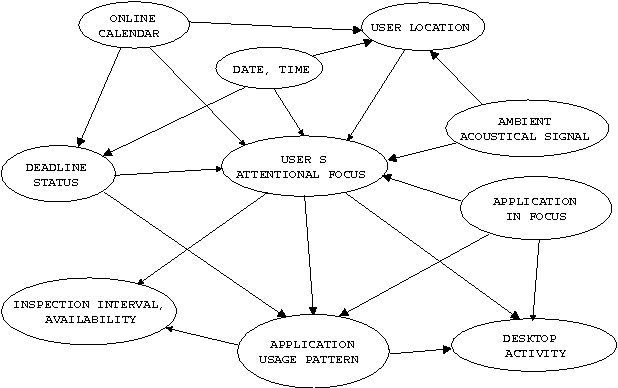
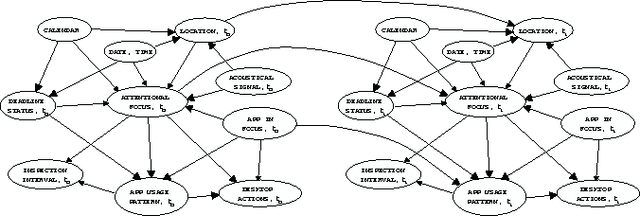
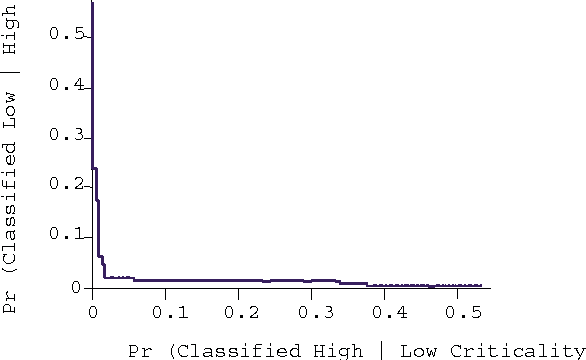
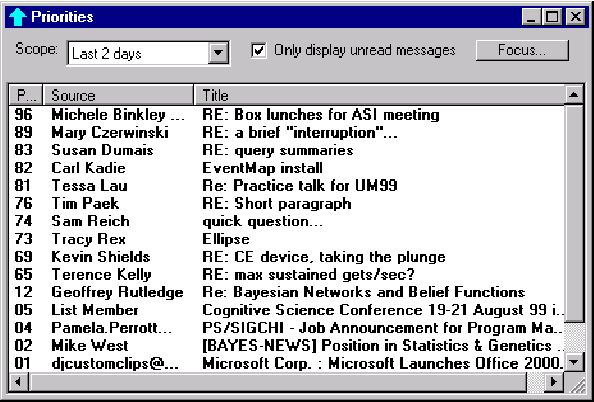
Abstract:We introduce utility-directed procedures for mediating the flow of potentially distracting alerts and communications to computer users. We present models and inference procedures that balance the context-sensitive costs of deferring alerts with the cost of interruption. We describe the challenge of reasoning about such costs under uncertainty via an analysis of user activity and the content of notifications. After introducing principles of attention-sensitive alerting, we focus on the problem of guiding alerts about email messages. We dwell on the problem of inferring the expected criticality of email and discuss work on the Priorities system, centering on prioritizing email by criticality and modulating the communication of notifications to users about the presence and nature of incoming email.
Coordinates: Probabilistic Forecasting of Presence and Availability
Dec 12, 2012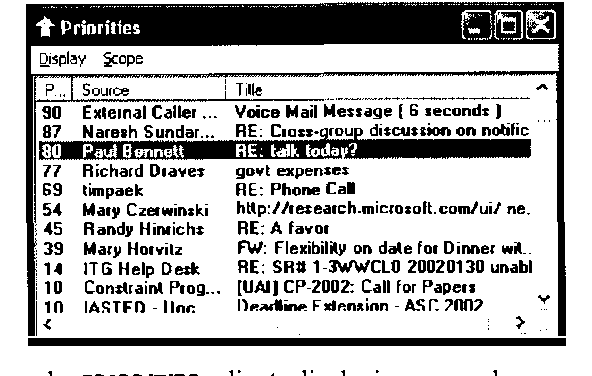
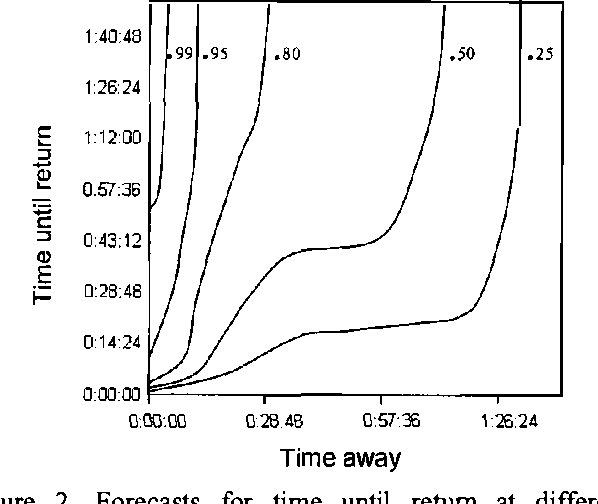
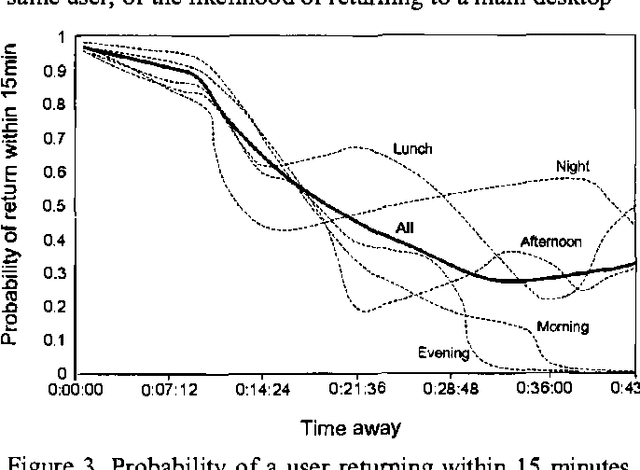
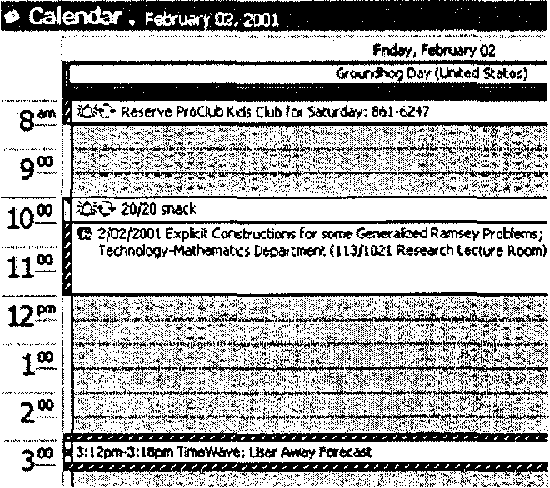
Abstract:We present methods employed in Coordinate, a prototype service that supports collaboration and communication by learning predictive models that provide forecasts of users s AND availability.We describe how data IS collected about USER activity AND proximity FROM multiple devices, IN addition TO analysis OF the content OF users, the time of day, and day of week. We review applications of presence forecasting embedded in the Priorities application and then present details of the Coordinate service that was informed by the earlier efforts.
 Add to Chrome
Add to Chrome Add to Firefox
Add to Firefox Add to Edge
Add to Edge